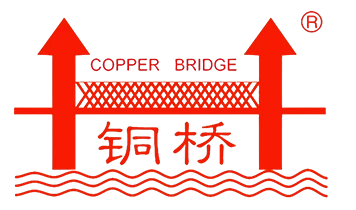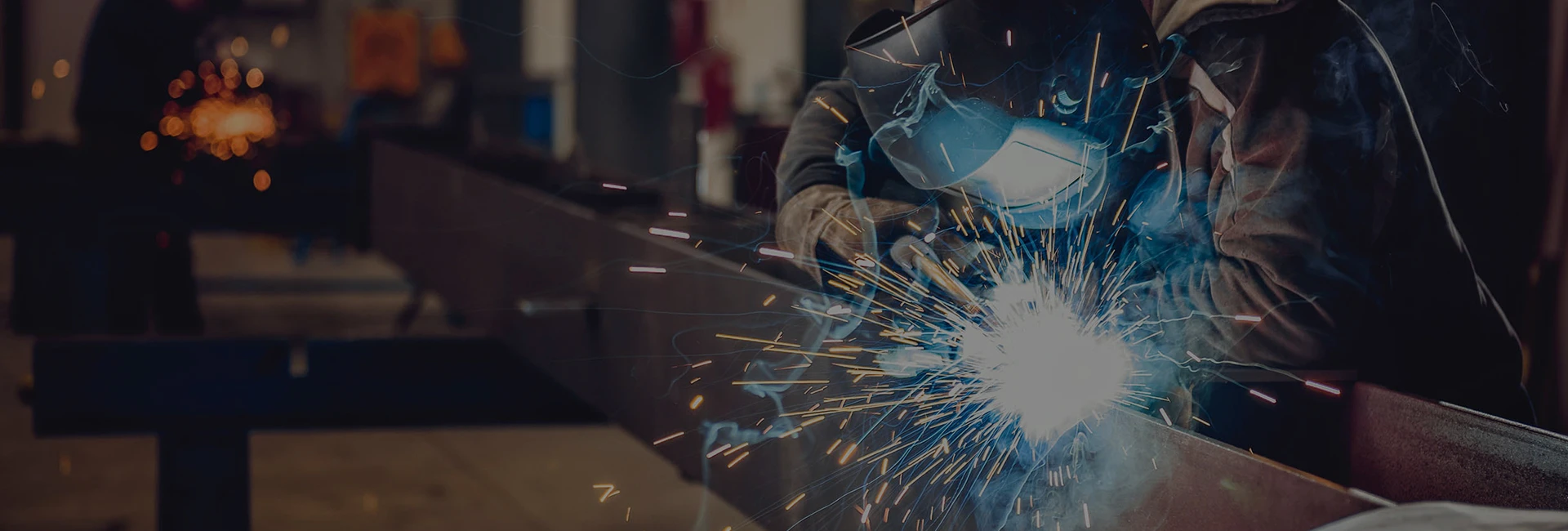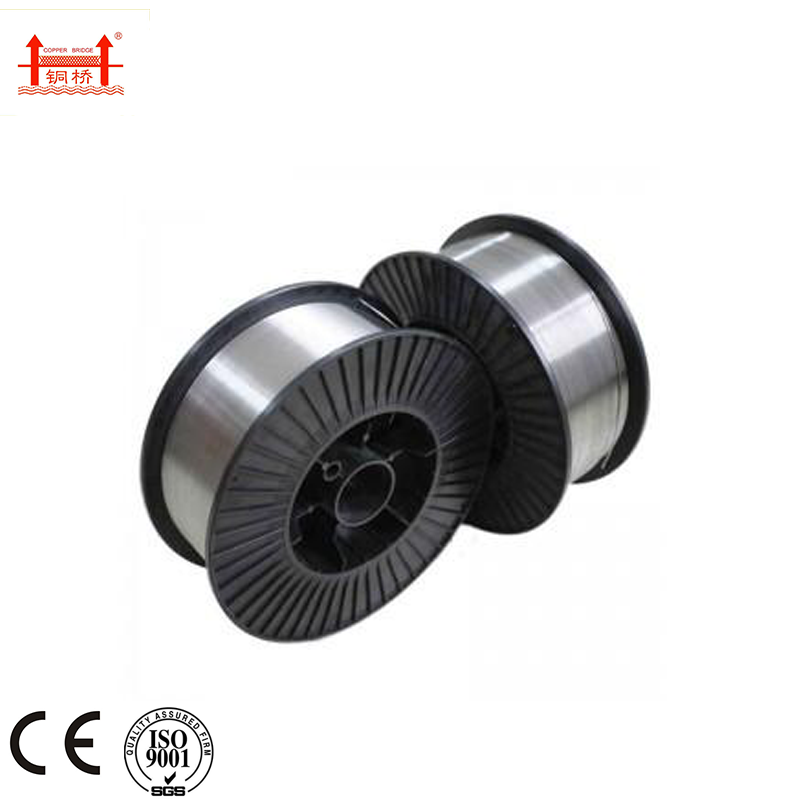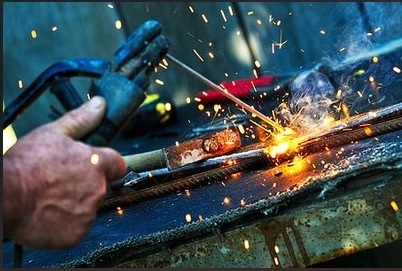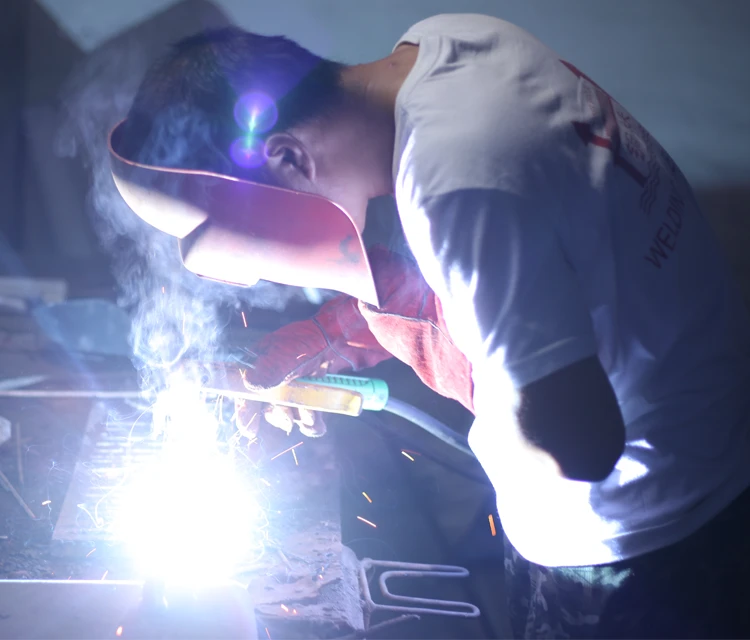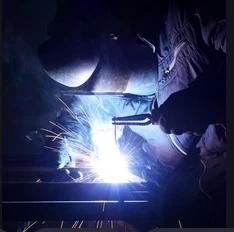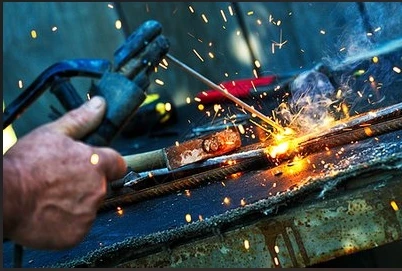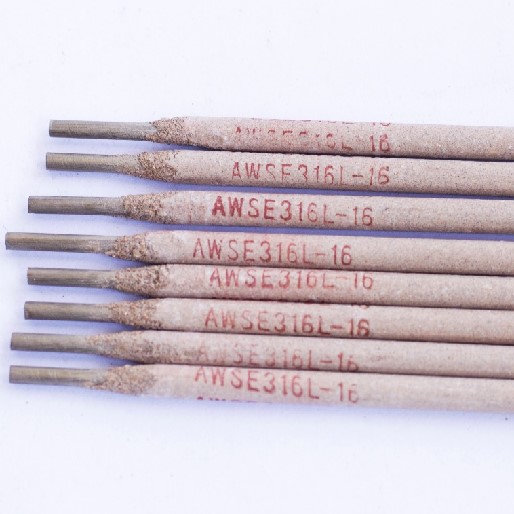Comprehensive Guide to 6011 and 7018 Welding Rods for Industry and Repair
Nov . 19, 2025 11:00
Understanding the Role of 6011 and 7018 Welding Rods in Modern Industry
If you’ve ever peeked behind the scenes of construction or manufacturing projects, chances are good you’ve encountered a 6011 or 7018 welding rod in action—even if you didn’t realize it at the time. These specific rods may seem like just another technical detail, but they actually play an outsized role in industries worldwide. Their versatility, strength, and reliability make them indispensable, from humble farm equipment to skyscrapers. But why does understanding these welding rods matter globally? Simply put, while steel structures shape the modern world, it’s the quality of the welds holding them together that ensure safety, durability, and cost-efficiency. Learning about these rods is not just a technical exercise; it’s understanding a key piece of the industrial puzzle that powers economies and improves lives across continents.
Why 6011 or 7018 Welding Rods Matter on a Global Scale
Globally, infrastructure development is surging, especially in emerging economies. According to the World Bank, billions are being invested annually in industrialization, transport, and energy sectors—projects heavily reliant on welding quality. Now, it’s no secret weld failures have caused devastating accidents, leading to billions in losses and, tragically, loss of life. That’s where the specialized features of 6011 or 7018 welding rod come in. For instance, 7018 rods are renowned for their strong, ductile welds ideal for critical structures, while 6011 rods excel in heavy-penetration, even on rusty or painted surfaces—often the case in field repairs and emergency jobs worldwide.
ISO standards for welding, along with guidelines from safety boards and organizations like the American Welding Society, highlight the importance of choosing the right rod to prevent structural failures. So really, the right choice of welding rod touches everything from global infrastructure resilience to emergency humanitarian efforts after disasters.
What Exactly Are 6011 and 7018 Welding Rods?
At their core, 6011 and 7018 welding rods are types of shielded metal arc welding (SMAW) electrodes designed for different welding needs:
- 6011 rods: These are high cellulose electrodes that burn with a forceful arc, penetrating deeply into metals. Their versatility makes them useful for welding in all positions and on less-than-perfect surfaces.
- 7018 rods: This iron powder electrode produces a smooth, strong weld deposit with low hydrogen content, making it ideal for critical, high-strength welds.
Both rods, while different, are central players in modern manufacturing and repair work globally—from building bridges and pipelines to quick fixes in humanitarian relief shelters that rely on steel structures.
Mini Takeaway:
6011 excels in penetration and versatility for tricky surfaces; 7018 delivers strength and reliability for critical, professional-grade welding.
Key Attributes That Make These Welding Rods Stand Out
1. Durability and Strength
When it comes to structural integrity, the rod has to perform well under stress, vibration, and changing conditions. Both 6011 and 7018 rods produce welds known for excellent tensile strength—7018 especially with its low hydrogen formula reducing cracks.
2. Versatility in Application
6011 rods are prized for the ability to weld cold, rusty, or painted metals—common challenges in field repairs. Meanwhile, 7018’s smooth arc suits welded components that must meet stricter codes, like pressure vessels or heavy machinery.
3. Cost Efficiency
Though 7018 rods are slightly more expensive, their longer-lasting welds reduce maintenance costs over time. On the other hand, 6011 offers a lower upfront cost for quick fixes and basic fabrication.
4. Ease of Use
Beginners often gravitate toward 6011 due to its forgiving arc characteristics, allowing welders to build skills even on suboptimal surfaces.
5. Safety Factors
Weld integrity is non-negotiable. 7018’s low hydrogen rods help minimize weld cracking and failure, critical for hazardous industries where lives depend on sound welds.
Mini Takeaway:
Choosing between 6011 and 7018 boils down to a tradeoff: penetration and ease versus strength and finish quality.
Real-World Uses: Where and How These Rods Make an Impact
From automotive repairs in South America, marine framework in Europe, to emergency infrastructure rebuilding after earthquakes in Asia—6011 or 7018 welding rods are frontline tools.
- In post-disaster relief, 6011’s penetration helps welders quickly fix steel framing even when surfaces aren’t spotless.
- Industrial factories in North America and Europe lean heavily on 7018 rods to meet strict quality assurance standards demanded by safety regulations.
- Remote mining operations in Africa find 6011 rods advantageous when equipment repair speed and surface conditions vary wildly.
- Government infrastructure projects in China and India prefer 7018 rods for bridges and buildings requiring high tensile steel welds.
Mini Takeaway:
Different needs call for different rods, but both serve invaluable roles across sectors and geographies worldwide.
Specifications Snapshot of 6011 and 7018 Welding Rods
| Specification | 6011 Welding Rod | 7018 Welding Rod |
|---|---|---|
| Type | Cellulose/Sodium base | Low hydrogen, iron powder |
| Current | AC or DC | DC (preferred), AC possible |
| Penetration | Deep, aggressive | Moderate, controlled |
| Position | All positions | All positions |
| Typical Usage | Field repairs, general purpose | Structural steel, critical welds |
| Storage | Moderate’s fine | Dry storage required |
Comparing Leading Vendors of 6011 and 7018 Welding Rods
| Vendor | Product Range | Pricing ($/kg) | Global Availability | Special Features |
|---|---|---|---|---|
| Jinlong Welding Electrode | 6011, 7018 plus specialty rods | 2.5 – 3.0 | Europe, Asia, Americas | Custom packaging, ISO certified |
| Lincoln Electric | Wide range, 6011 & 7018 options | 3.0 – 3.5 | Global | High-quality standards, extensive training resources |
| ESAB | Premium 7018, 6011 rods | 3.1 – 3.7 | Global industrial markets | Environment-friendly production, excellent slag removal |
The Advantages and Lasting Value of Choosing the Right Welding Rod
Picking the appropriate welding rod affects not only the structural quality but also ongoing durability and safety — a fact often understated in the industry’s hurry. 6011 or 7018 welding rod selections embody this balance. Beyond just strength, these rods reduce the chances of weld failure, lowering costly repairs or replacements. Emotionally, it feels great knowing the projects—whether a bridge or a shelter—stand firm through winds, rains, and time.
Moreover, since 7018 rods produce low hydrogen welds, they help prevent cracking, ensuring safety in critical infrastructure. 6011 rods offer versatility, helping crews get essential repairs done even in rough or remote conditions, fostering trust and resilience in communities that rely on quick fixes.
Emerging Trends and Innovations in Welding Rod Technology
The welding rod world isn’t static. Advances like environmentally friendlier coatings on rods, improved low-hydrogen formulas, and rods tailored for automation mean things are improving fast. Green energy projects, for instance, demand welds that hold under variable stresses—here, custom 7018 rods adapted for wind turbine assembly are being tested.
Digital transformation is also creeping in: smart welding systems integrating sensors can now recommend electrode types or adjustments during operation, potentially reducing human error—a critical leap forward especially given 6011 rods’ challenging arc initiation.
Challenges & Their Groundbreaking Solutions
Yes, not everything’s smooth. 7018 rods require dry storage; moisture can ruin them quickly, complicating logistics in humid climates. Meanwhile, 6011 rods, although forgiving, can produce more slag and spatter, requiring skilled cleanup.
Innovative storage packaging, including vacuum-sealed tubes and on-site drying ovens, help overcome these issues. Training programs and virtual welding simulations also empower welders to master both rods’ behaviors under diverse conditions.
Frequently Asked Questions About 6011 and 7018 Welding Rods
- Q: What makes 7018 rods better for structural welds than 6011?
- A: 7018 rods have a low hydrogen coating that minimizes cracking and offers high tensile strength, making them ideal for critical, load-bearing structures. 6011 rods penetrate deeply but don’t provide the same weld toughness for these uses.
- Q: Can 6011 rods be used on painted or rusty surfaces?
- A: Absolutely. 6011 rods perform well even on less-than-ideal surfaces like rust or paint, which is why they are popular for field repairs and quick fixes.
- Q: How should 7018 rods be stored to maintain quality?
- Keep 7018 rods dry by storing them in low-humidity conditions, preferably in sealed containers or rod ovens to prevent moisture absorption that could weaken the weld.
- Q: Are 6011 rods suitable for beginners?
- Yes, many welding instructors recommend 6011 rods for beginners because of their forgiving arc and ability to weld in all positions, which aids skill development.
- Q: Where can I purchase quality 6011 or 7018 welding rods internationally?
- Trusted suppliers like Jinlong Welding Electrode offer global shipping and certifications, making them a reliable choice for clients worldwide.
In Conclusion: Why 6011 or 7018 Welding Rods Matter Long-Term
Whether you’re building a skyscraper or patching a pipeline miles away from urban centers, these specific welding rods carry heavy responsibility quietly but effectively. Their diverse strengths weave through the fabric of industrial progress and humanitarian projects alike, offering both safety and economy. If you’re looking to get the most out of your next welding job, understanding 6011 or 7018 welding rod isn’t just useful; it’s essential.
For specialized needs, tailored packaging, or expert advice, don't hesitate to visit Jinlong Welding Electrode’s website — good rods go a long way, and your project deserves nothing less.
References
Related Video


